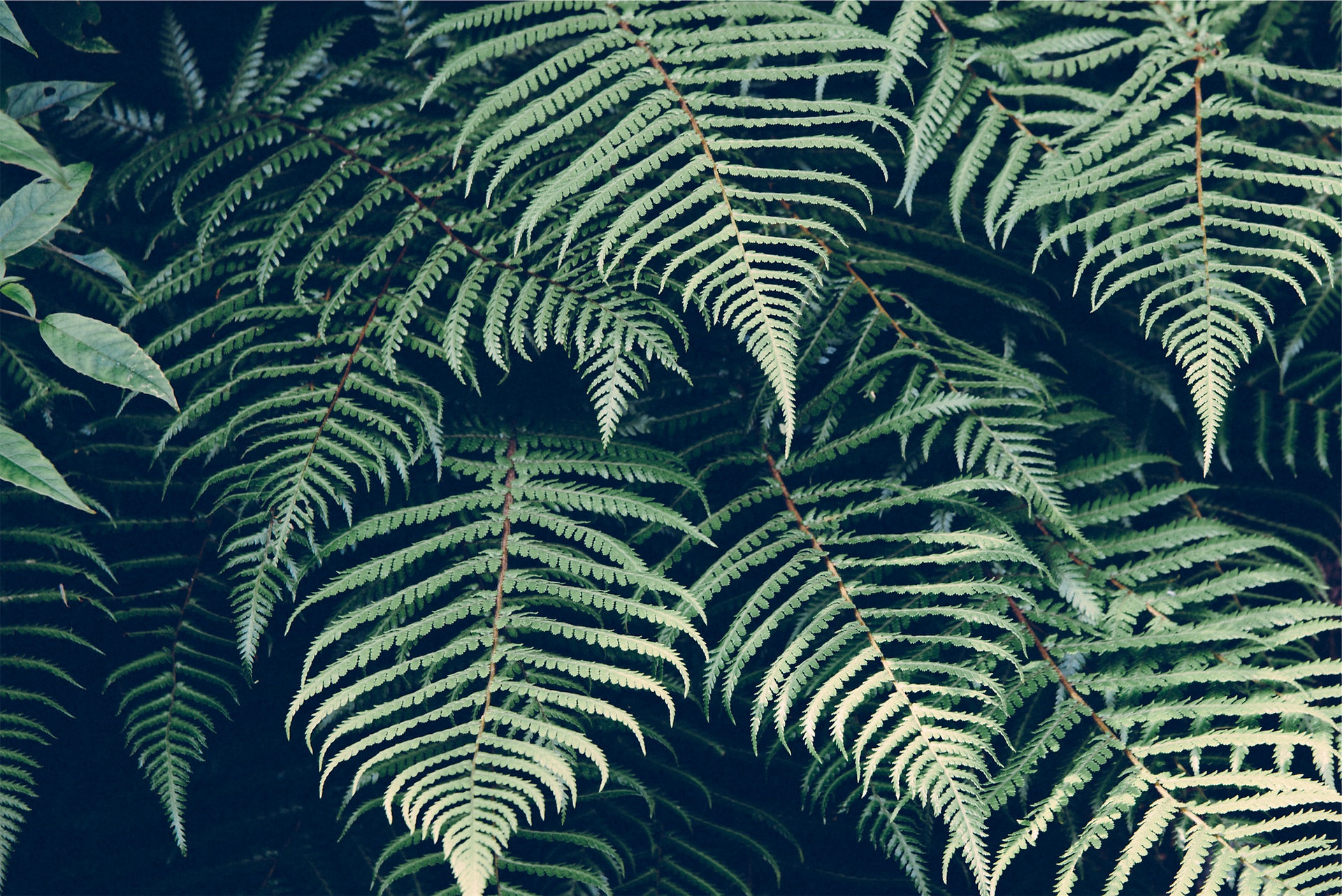
IB HL GEOGRAPHY
Clare Cole
In this module we will attempt to understand what is meant by biodiversity, why biodiversity is so important, how rainforests are a unique home to biodiversity, and where biodiversity is most threatened across the planet.
Biodiversity and Change Terminology
Click on image for link to basic terminology relating to the Earth's biodiversity, what biodiversity really is, its environmental importance, how human activity is threatening the Earth's biodiversity.
What is Biodiversity?
Linked to the image below is an article explaning the basics of biodiversity; what it is, what the different types are, and how humans play a role in the destruction of the Earth's biodiversity.
Biodiversity Hotspots: Case Study
Linked to the image below is a study on biodiversity hotspots. It first explains what biodiversity hotspots are, and why they are so important for the Earth. It then goes on to study a particular biodiversity hotspot in particular: the Western Ghats of India and Sri Lanka.
Video Critique: Why is Biodiversity Important?
This video by TED-ed talks about the basics of biodiversity, and why it is so important for the planet that biodiversity hotspots remain intact. The way it is presented is very comprehensive, and makes it easy to understand. It is also relevant to the IB syllabus, as it focuses on the rainforest biome, and how it is essentially one large ecosystem made up of a lot of smaller ecosystems. The video essentially talks about how even though our surroundings seem set in stone, even the largest of ecosystems is fragile and vulnerable to collapse. The world is always changing around us, and biodiversity is what makes some ecosystems strong and some unlikely to survive. It is important to note, as this video did, that biodiversity is held in place by the interaction between species. Without this interaction between flora and fauna, ecosystems would simply cease to function. As well as the diversity between species, diversity within species is important. As the world is constantly changing, if a species has a lot of genetic diversity, they are more likely to be able to survive in changing conditions. This is why, when human actions alter a certain aspect of biodiversity, and entire ecosystem can fall apart.
Biodiversity and Change: Facts & Data
Linked to the image below is a document containing various facts and statistics about biodiversity around the world.

Biodiversity Map

The map above from Conservation International shows biodiversity hotspots worldwide, in 2005. As you can see, the majority of the world is not recognized as a biodiversity hotspot. But the areas that are considered to be KBAs, are very important for the survival of the planet. A large amount of the islands in South East Asia, like the Phillipines, Thailand, and Polynesia and Micronesia are biodiversity hotspots. Also a lot of Central and South America, like the Caribbean Islands, the Tropical Andes, and the Atlantic forest are all areas with a lot of biodiversity, yet are also extremely threatened. Areas in Europe and Africa are also considered to be biodiversity hotpots, like the Mediterranean Basin, and the South-East coast of Africa, including Madagascar and the Indian Ocean Islands. All of the places shown in red have a huge amount of biodiverse wealth, holding vascular plants and endemic species. Yet, all of these areas have shrunk drastically from their original size, due to human impact.
Article Notes
Linked to the buttons below are notes on two articles about the importance of rainforests, and how the destruction of this fragile ecosystems is changing the world for the worse.


